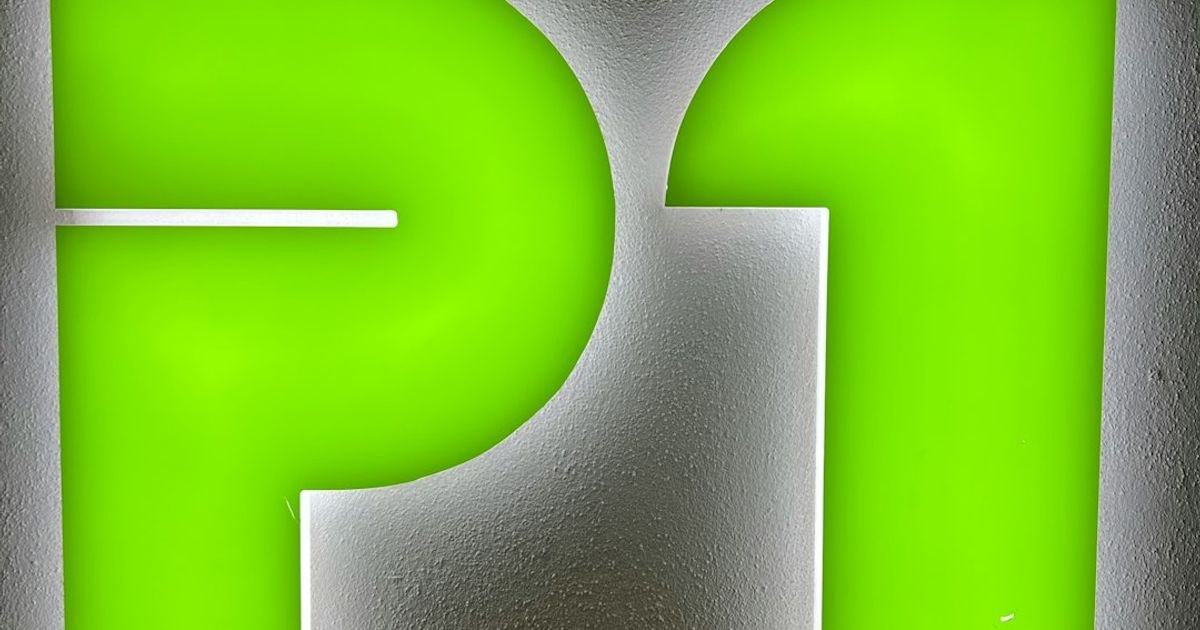About Prompt
- Prompt Type – Dynamic
- Prompt Platform – ChatGPT
- Niche – Art & Design
- Language – English
- Category – Creativity
- Prompt Title – GPT-5 advanced prompt for deep creativity and analysis
Prompt Details
This prompt is designed to leverage GPT-5’s advanced creative and analytical capabilities within the Art & Design domain. It offers a dynamic framework that you can adapt and expand upon for various creative explorations.
**Initial Setup:**
1. **Define the Artistic Medium/Style:** Begin by specifying the artistic medium or style you want to explore. Examples: “digital painting,” “surrealist sculpture,” “Bauhaus graphic design,” “Art Nouveau architecture,” “photorealistic rendering,” etc. Be as specific as possible. If you want to blend styles, describe the fusion clearly.
2. **Set the Core Concept/Theme:** Provide a central theme or concept that will be the foundation of the creative output. This could be an abstract idea, a concrete object, a historical event, a philosophical concept, an emotion, or even a single word. Examples: “the interconnectedness of nature,” “urban decay,” “the human condition in the digital age,” “joy,” “melancholy,” “entropy,” etc.
3. **Specify the Desired Output:** Indicate the desired format of the creative output. Examples: “a detailed description of a painting,” “a series of sketches for a sculpture,” “a mock-up of a poster design,” “a narrative describing an architectural space,” etc.
**Dynamic Prompt Structure:**
“`
Imagine you are a leading expert in [Artistic Medium/Style] deeply versed in the history, theory, and practice of this form. Your current project revolves around exploring the theme of [Core Concept/Theme] through this medium.
I want you to develop [Desired Output].
Specifically, consider the following aspects as you create:
* **Historical Context:** Analyze how [Artistic Medium/Style] has addressed similar themes throughout history. Cite specific examples of artworks and artists that have explored related concepts.
* **Theoretical Framework:** Connect the [Core Concept/Theme] to relevant art and design theories. Consider concepts like color theory, composition, semiotics, aesthetics, and the psychology of art. Explain how these theories inform your creative choices.
* **Technical Execution:** Describe the technical aspects of creating the output. If it’s a painting, discuss brushstrokes, color palettes, and canvas texture. If it’s a sculpture, describe materials, techniques, and spatial considerations. For design, discuss typography, layout, user experience, and visual hierarchy.
* **Creative Interpretation:** Offer a unique and insightful interpretation of the [Core Concept/Theme] through your chosen medium. Explore unconventional perspectives and push the boundaries of traditional representation.
* **Critical Analysis:** Provide a self-critique of your creative output. Discuss the strengths and weaknesses of your approach. Consider how the work might be received by different audiences and how it contributes to the broader discourse within [Artistic Medium/Style].
Finally, present your [Desired Output] accompanied by your analysis and explanations.
“`
**Example Prompt Instantiation:**
“`
Imagine you are a leading expert in Surrealist Digital Painting deeply versed in the history, theory, and practice of this form. Your current project revolves around exploring the theme of “the human condition in the digital age” through this medium.
I want you to develop a detailed description of a painting.
Specifically, consider the following aspects as you create: [… rest of the dynamic prompt structure …]
“`
**Iterative Refinement:**
After receiving the initial output, you can refine the prompt further by:
* **Providing feedback:** Comment on specific aspects of the generated output you want to improve or change.
* **Adding constraints:** Introduce specific limitations or requirements, such as “the painting must include a clock motif” or “the design must be accessible to users with color blindness.”
* **Exploring variations:** Ask GPT-5 to generate alternative interpretations or explore different perspectives on the same theme.
* **Deepening the analysis:** Request a more in-depth analysis of a specific aspect of the work, such as its symbolic meaning or its relationship to other artworks.
This dynamic prompt structure allows for a flexible and iterative creative process, enabling you to leverage the power of GPT-5 to explore the Art & Design domain in exciting and unexpected ways. It encourages both deep analysis and unbound creativity, pushing the boundaries of artistic expression.

